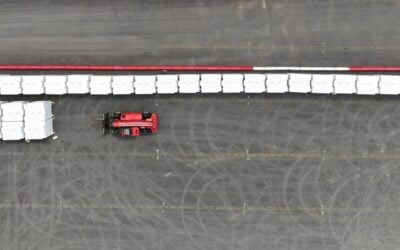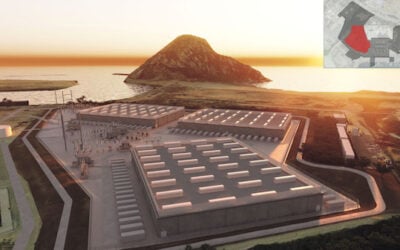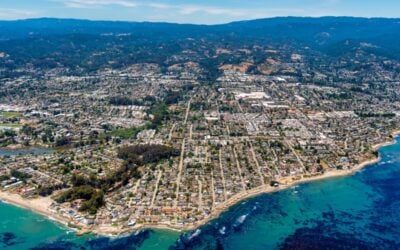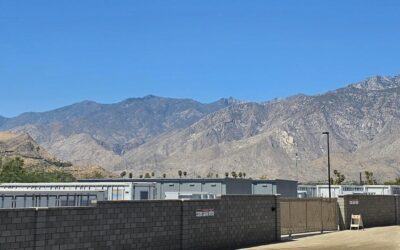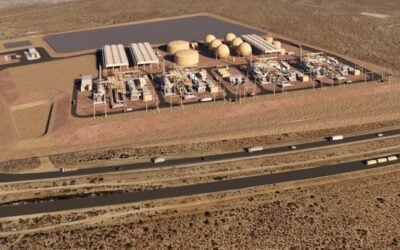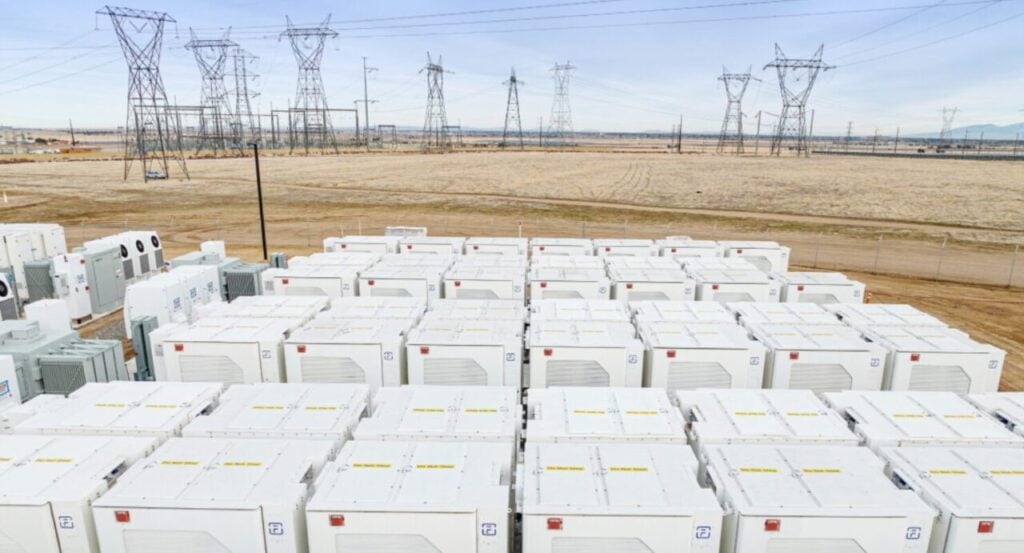
Utility-scale developer SB Energy has received a US$25 million grant from the California Energy Commission (CEC) to purchase BESS units for one of its solar and storage hybrid complexes located in Riverside County, California.
The funding, provided by the CEC’s Distributed Electricity Backup Assets (DEBA) programme, was approved on October 10, 2025.
As part of the state’s Strategic Reliability Reserve, the DEBA programme was established to provide funding to incentivise the development of new behind-the-meter renewable energy assets to be called upon in the event of an emergency.
Creation of the reserve in 2022 formed part of Governor Gavin Newsom’s Assembly (AB) 205, which also introduced the CEC administered opt-in certification scheme for BESS projects exceeding 200MWh.
Try Premium for just $1
- Full premium access for the first month at only $1
- Converts to an annual rate after 30 days unless cancelled
- Cancel anytime during the trial period
Premium Benefits
- Expert industry analysis and interviews
- Digital access to PV Tech Power journal
- Exclusive event discounts
Or get the full Premium subscription right away
Or continue reading this article for free
Athos Renewable Energy Project
Energy and infrastructure developer-investor SB Energy, which is owned by two Japanese companies, Toyota Tsusho (85%) and Softbank (which founded SB Energy and retains a 15% stake), will use the DEBA grant to partially fund 75MW/300MWh of lithium-ion BESS output and capacity that will be installed at the developer’s Athos Renewable Energy Project.
Located approximately 75 miles east of Palm Desert in California’s Riverside County, the Athos project will comprise a 400MW/1,600MWh BESS that SB Energy is retrofitting to its 450MWac Athos Solar I + II developments.
SB Energy jointly developed these two solar projects alongside Intersect Power, before taking on full ownership through a 1.7GW five-project portfolio acquisition that took place during 2019 as covered by sister site PV Tech
Recent documentation filed by the CEC revealed that although it has always been the plan to co-locate BESS at the Athos site, “factors outside [SB Energy’s] control have made project financing for this component challenging.”
However, SB Energy will use the grant to accelerate the purchase and installation of the BESS, which will be made available to the California Independent System Operator (CAISO) during extreme events for a period of five years from the commencement of commercial operations.
Construction is expected to commence as soon as this quarter, with SB Energy targeting bringing the BESS online towards the end of 2026 or beginning of 2027.
Energy-Storage.news first reported on this project earlier in the year, after SB Energy signed an offtake agreement for a 200MW/800MWh portion of the project with San Diego Community Power (SDCP).
Fluence BESS
As revealed by documents published online by the CEC, SB Energy will purchase this 75MW BESS portion from Fluence for US$74.5 million – made up with US$16 million of CEC funding alongside US$58.5 million of its own.
The specific Fluence battery technology wasn’t named, except that the BESS units will be self-contained, fully integrated and containerized.
SB Energy plans to also spend approximately US$8.5 million of the grant on BESS installation, which it will match with US$10.5 million of its own funding. The remaining US$100,000 and US$400,000 of the CEC grant will be spent on engineering and construction management, respectively.
Under the terms of the DEBA grant, SB Energy must have spent the funds no later than 30 June 2030 in order for them to be reimbursed by the CEC.
Funding cancellations and rollbacks
This positive news regarding state-backed funding comes at a tumultuous time for government subsidies, with the US Department of Energy (DOE) announcing on September 30 that it was cancelling 321 federal financial awards supporting 223 projects.
Governor Gavin Newsom has also rolled back previous commitments for several state-wide reliability schemes this year, including funding for the DEBA programme.
As part of last year’s budget, Governor Newsom and the Legislature agreed to provide US$200 million for the DEBA programme from the Greenhouse Gas Reduction Fund (GGRF).
However, the future of this programme, along with several others, is in doubt after the Legislature chose to defer a decision on GGRF investments as part of its final 2025-2026 state budget until later this year.
At the time these rollbacks were first announced, executive director of the California Solar and Storage Association, Brad Heavner, said that they were “deeply concerned.”
“The proposed reductions threaten to slow the deployment of local solar and storage solutions, limit job creation, and increase reliance on polluting fossil fuels,” said Heavner.
These funding cuts have also left the state’s Demand Side Grid Support distributed storage programme in limbo, as recently explored in an interview conducted by Energy-Storage.news with representatives of Brattle Group and Sunrun.
It’s worth pointing out that the DEBA grant for SB Energy will be unaffected by these rollbacks, as it’s coming from funding allocated during the 2021-2022 fiscal year.

